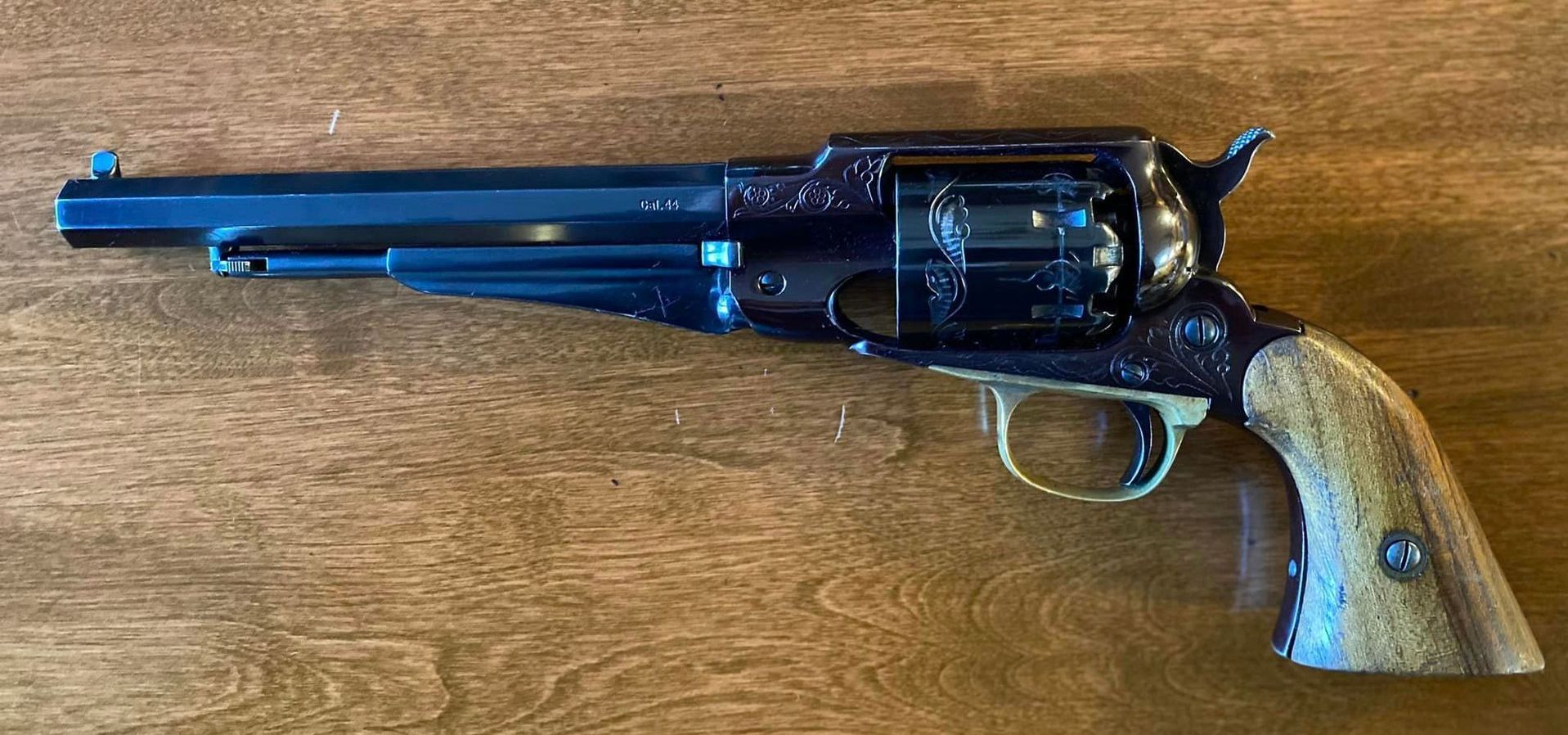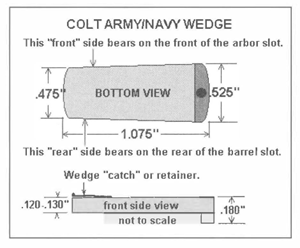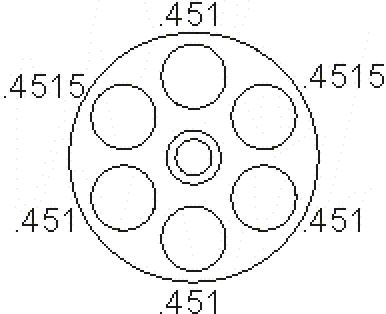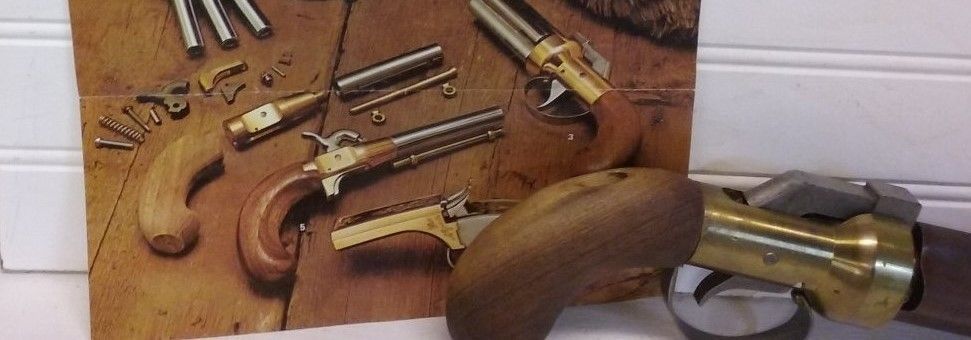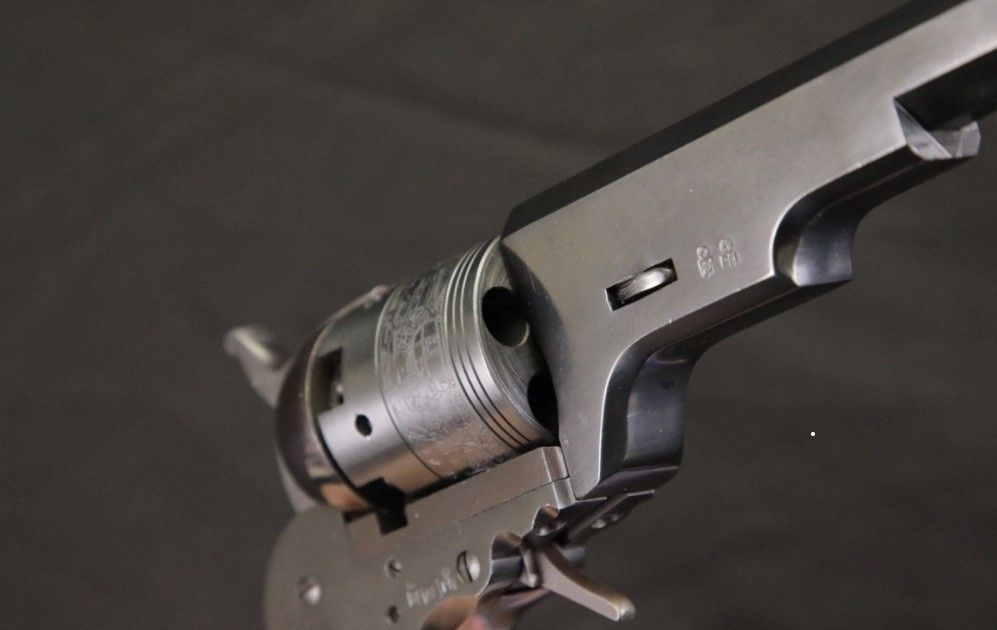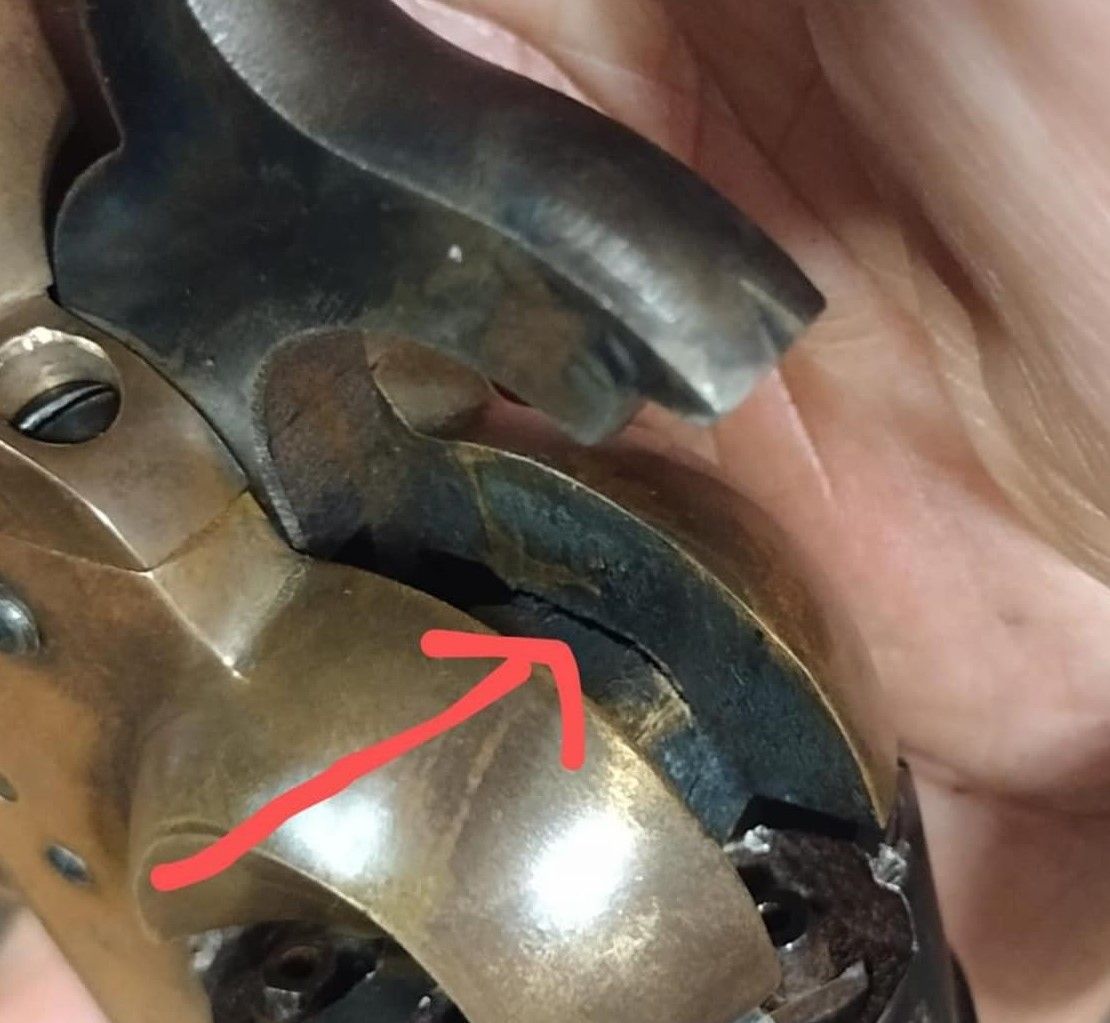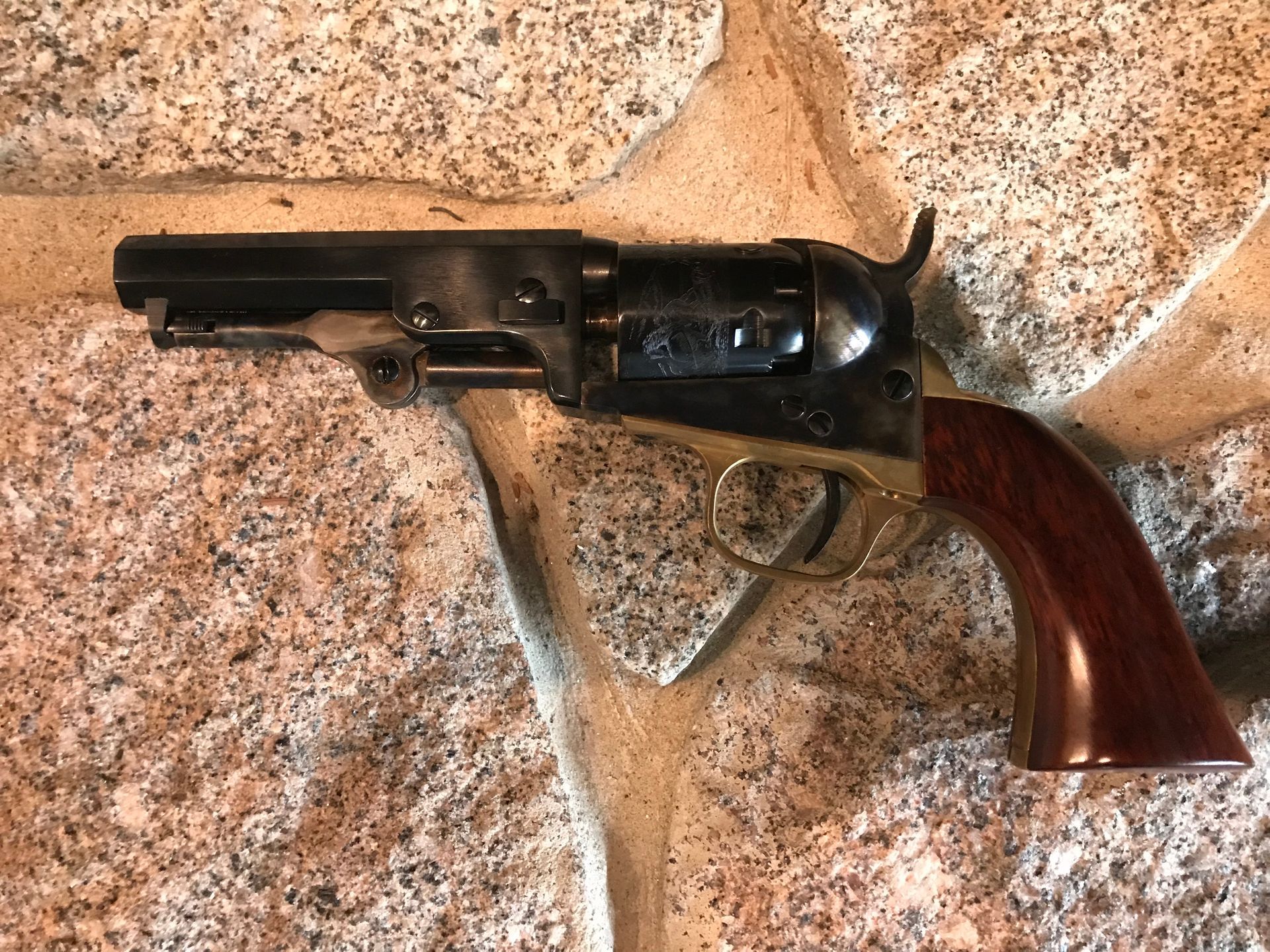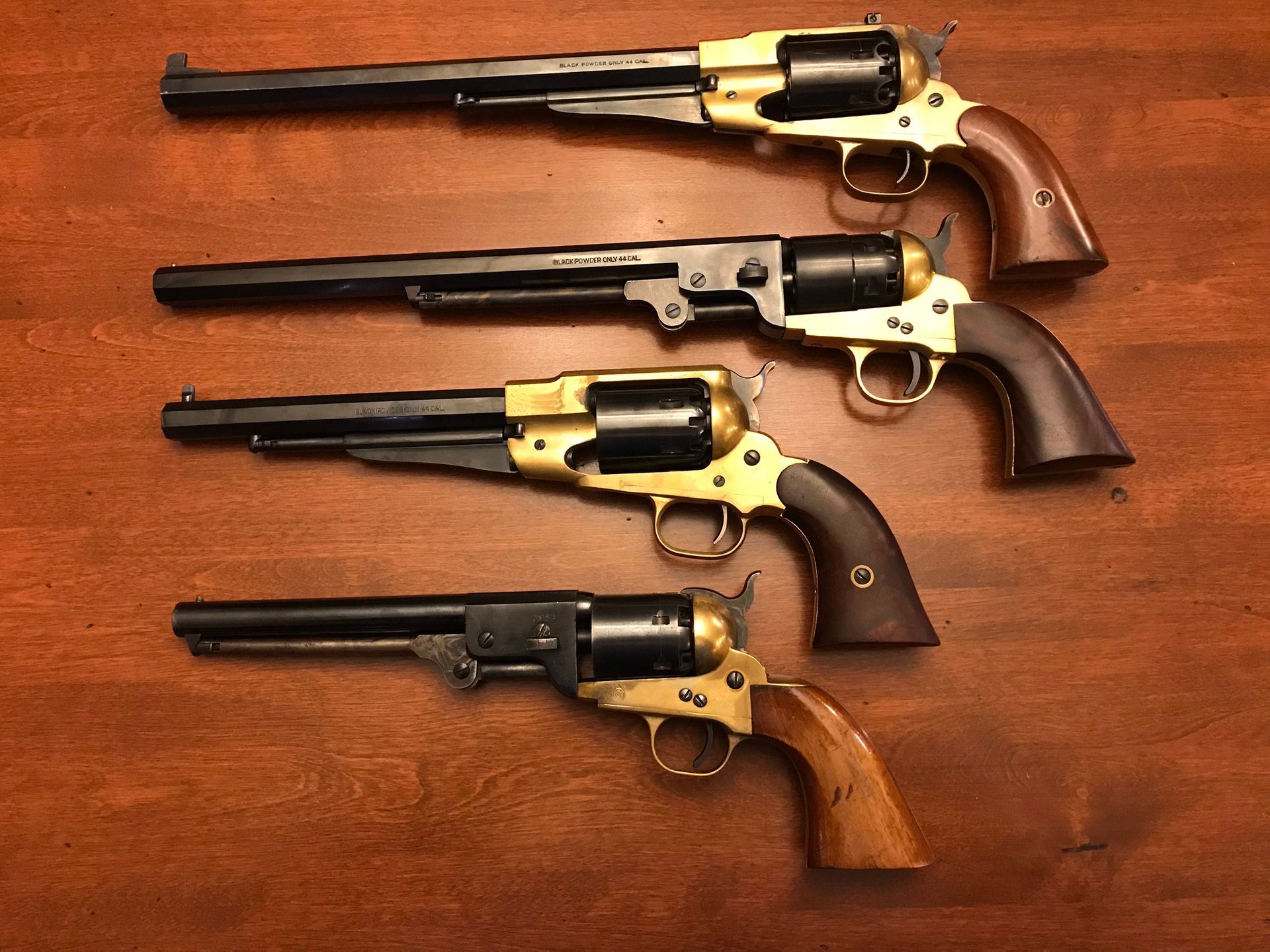The Brooklyn Bridge 1849 Colt Pocket Brevete Revolver
The Brooklyn Bridge 1849 Colt Pocket Brevete Revolver
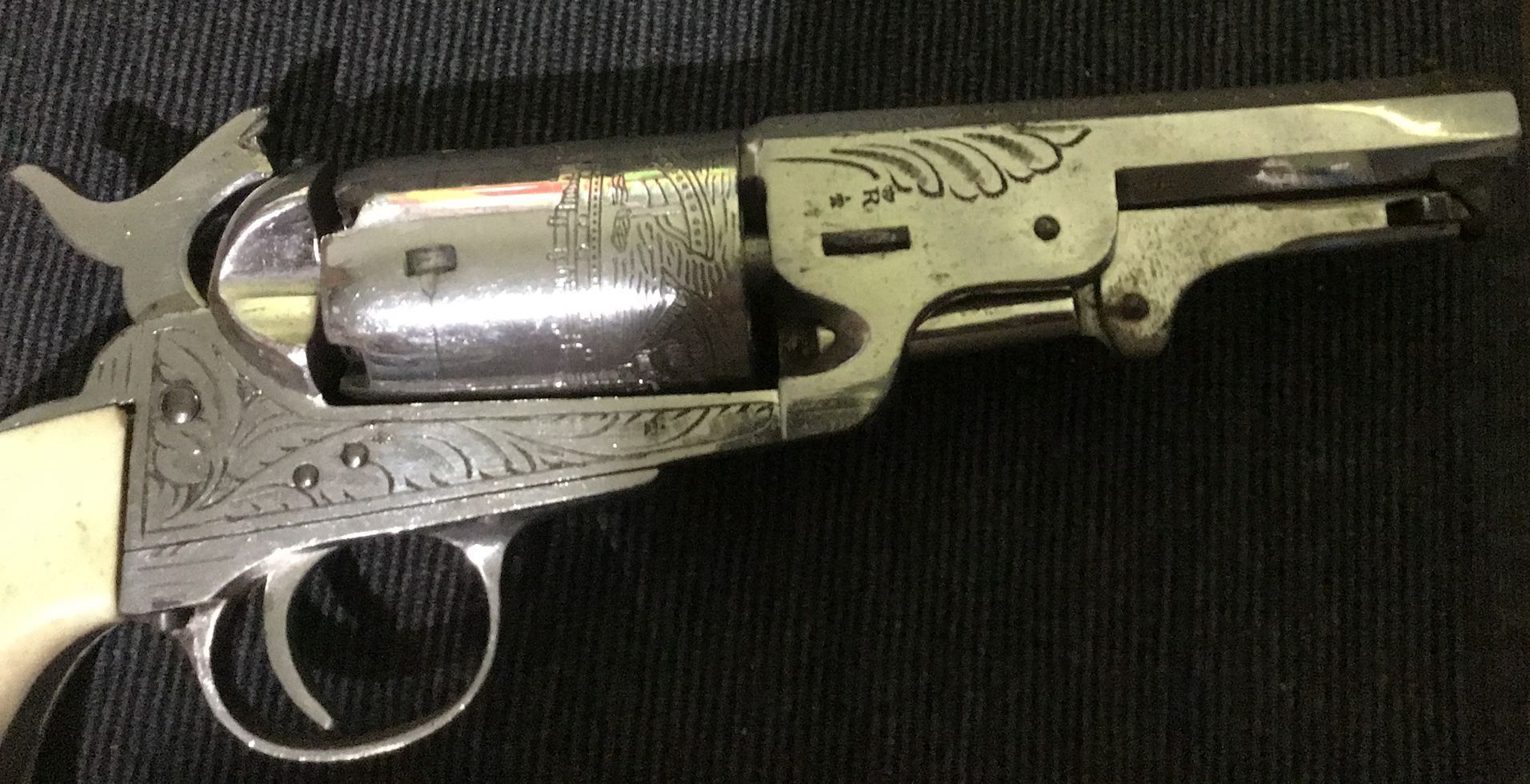
Historically, Colt firearms were made in Paterson, NJ, Hartford, CT and London, England. There were also the licensed firearms made in Belgium and other unlicensed “faux Colts” made in other parts of the world. These licensed and infringement firearms made in Belgium and other countries have become known as Colt Brevetes. And we can consider them replicas in their own right.
The majority of Colt Brevetes were copies of the Colt M1851 Navy. Others, although not as numerous, were Patersons, Walkers, Dragoons, Baby Dragoons, 1849 Pocket, Wells Fargo, and other variants of the afore mentioned. But one that tends to stand out as being different from all the rest is the “Brooklyn Bridge” 1849 Colt Brevete.
These “Brooklyn Bridge” Brevetes were made in Belgium in the 1890’s up to about 1914, the beginning of WWI. The name comes from the roll engraved cylinder scene showing a suspended bridge with what looks like a steam powdered train crossing the bridge and several boats on the water below the bridge. There is no way to know if the scene actually depicts the “Brooklyn Bridge in New York City which had a completion date of 1883.
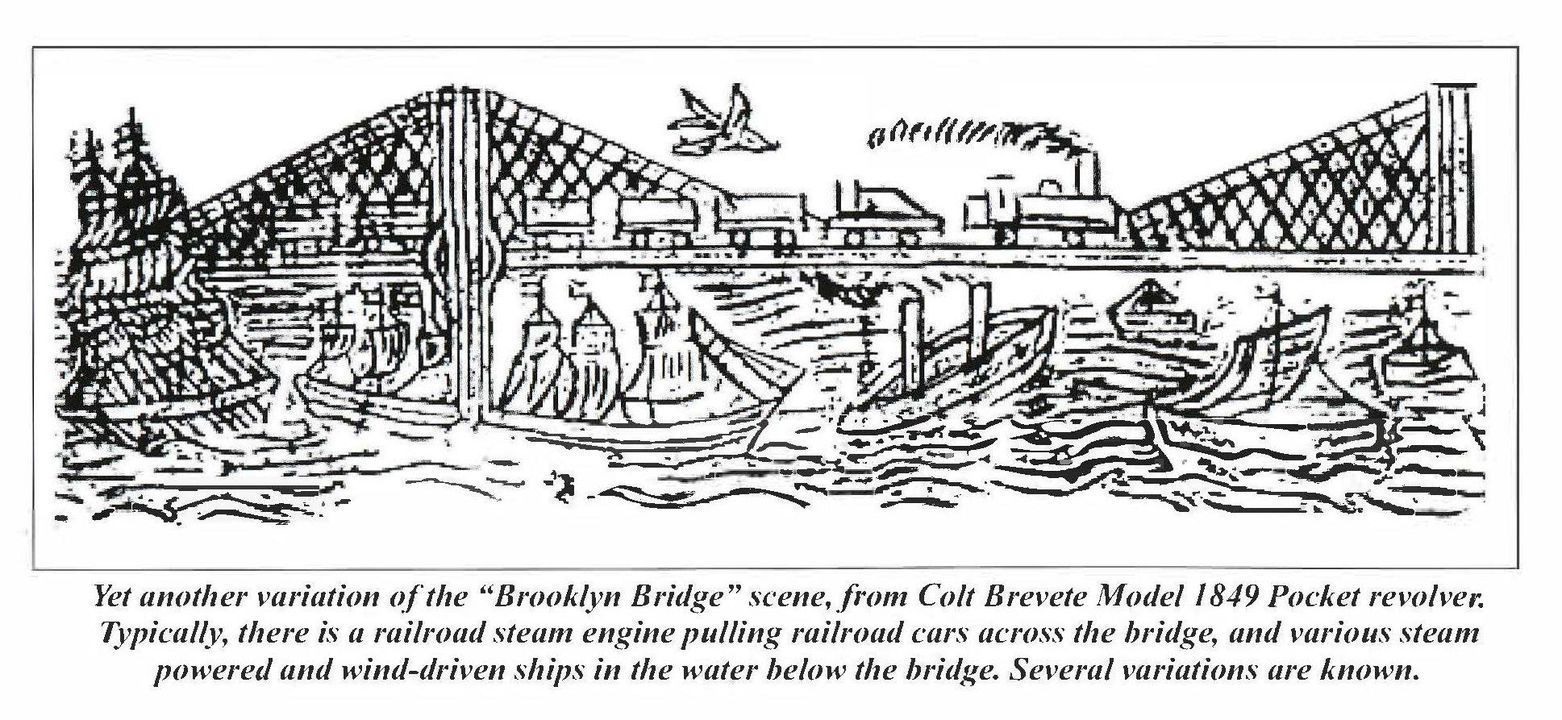
It seems about 200 of the Brooklyn Bridge Brevet revolvers were found in almost new condition in Toulon, France back in 1950 in a government arsenal. They slowly found their way to dealers in America and other countries and eventually into personal collections.[1]
Research has shown that the Brooklyn Bridge Brevete revolvers were made in Liege, Belgium by at least three gunmakers. The first and probably most well known was F. Dumoulin & Company, SA in Rue Their de la Fontaine, Belgium whose catalog offered .31 and .35 caliber “Colt a Pistons” percussion revolvers in both 5 and 6 shot models, all being Colt 1849 copies. The grips featured were typically wood or bone and the revolvers were plain or engraved and were plated or not. They all contained the Brooklyn Bridge cylinder scene. All were unfinished “in the white” until a customer determined which finish they preferred, then finished to the customers preference. They were available in 8 different barrel lengths including 2.5”, 3”, 3.5”, 4”, 4.5”, 4.75”, 5.5”, 6” and 7.5”.

Another manufacturer was J. B. Ronge Fils located at Place St. Jean, 4, Leige, Belgium.[2] In 1900 their catalog Number 53 offered Colt Brevete Model 1849 with .5.” and 6.5” barrels, roll engraved Brooklyn Bridge cylinders several style grips with frames plain or engraved and were either plated or plain. Ronge also offered Colt Brevete Model 1851 Navy revovlers that were blued or nickel plated and engraved or not.
A third manufacturer of the Brooklyn Bridge Brevete at the turn of the 19th century was W. Schnorrenberg, another Belgian manufacturer. An example of their brevete is a .36 caliber, 5 shot revolver with a 6.5” barrel with The cylinder marked parallel to the arbor, W.SCHNORRENBERG & FILS. Underneath the barrel is stamped with the “crossed keys”. The cylinder is stamped with the ELG Leige oval and a star with a crown mark. The Adolf Frank Export Company of Hamburg Germany offed these Ronge made revolvers in their 1811 catalog with at least 134 different variations.
Most of the Brooklyn Bridge Model 1849 Pocket revolvers have unusual “crossed keys” stamped on top of the barrel and/or on other places like the bottom of the loading lever lug. William B. Edwards observed that these marks were stylized imitations of the British Army proof mark, which was the crossed pennants, but this is not known for sure.[3] These crossed keys have also been said to be the marks of the German importer, Adolf Frank (ALFA) yet this has not been proven as well. Yet the crossed keys are one of the main identifying stamps on these Brooklyn Bridge Brevetes.
It is next to impossible to know exactly how many Brooklyn Bridge Revolvers were made simply due to the fact that the records of these gunmakers no longer exist. Serial numbers were usually not consecutive so a serial number study would be next to futile. The study conducted by Roy Marcot and Ron Paxton has concluded that fewer than 5% of all Brevete revolvers made were Brooklyn Bridge revolvers.[4]
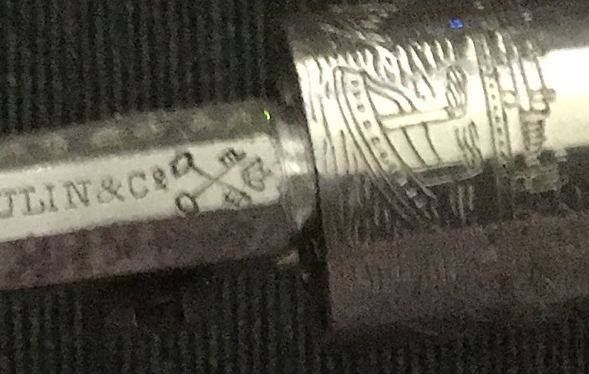
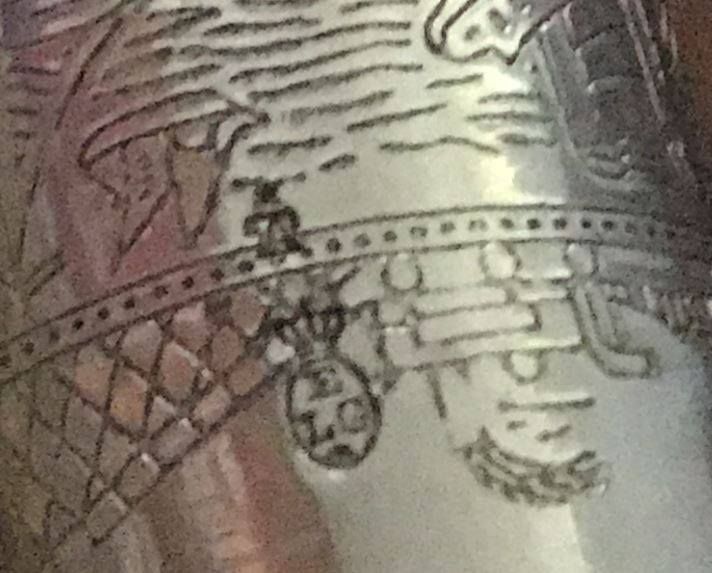
As with most Belgian made percussion revolvers, the Brooklyn Bridge Brevete revolvers had to be proofed at the Leige Proof House in Liège, Belgium. Those proof marks consisted of the definitive black powder proof for breech loading guns, small bore guns and handguns, and the inspector’s marks. The temporary inspector’s mark consisted of one or two capital letters with a small star above. Once finished, the revolver was re-inspected and then marked with the final proof mark, the ELG in the oval with a crown above the oval.
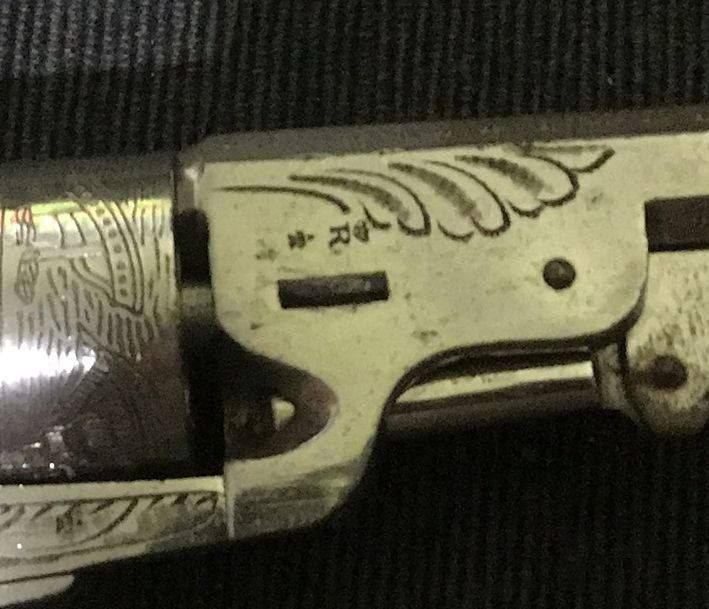
Belgian made Brevet revolvers also had final acceptance marks on particular parts produced by individual gun parts makers which was a cottage industry in Belgium. The stamps was usually a crown over an alphabet letter from A through Z. Sometimes the Brevetes can have two different marks on the same part.
Many Colt Brevete revolvers were made at the turn of the 19th century. We will probably never know the real reason why these gun makers made these copies of the Colt percussion revolvers, but more especially, the “Brooklyn Bridge Colt Brevete Revolver.
ENDNOTES:
[1]
William B. Edwards, The Story of Colt’s Revolver. Harrisburg, PA, 1953
[2]
Golden State Arms Catalog, page 97.
[3]
William B. Edwards, The Story of Colt’s Revolver. Harrisburg, PA, 1953
[4]
Roy Marcot & Ron Paxton, Colt Brevete Revolvers, Tucson, AZ, 2011
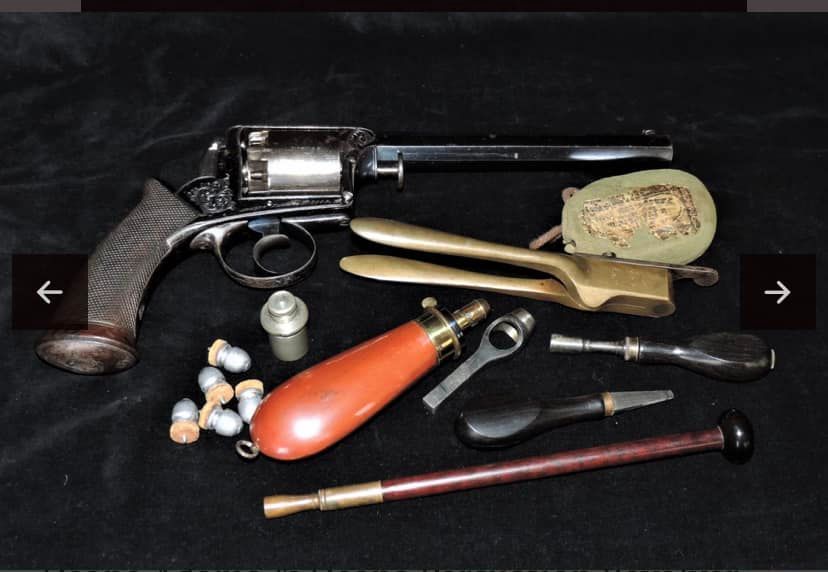
Web site designed & maintained by Cap and Ball Revolvers . Copyright 2024 and beyond. All rights reserved. All photos published on this site are the property of the author or are published with the permission of the authors. All copies and uses are prohibited.

